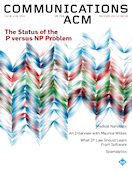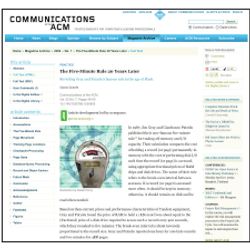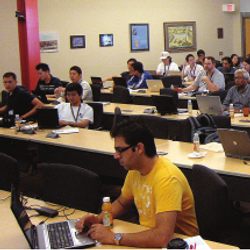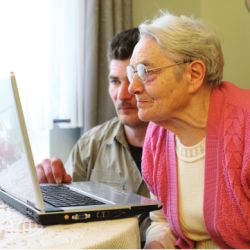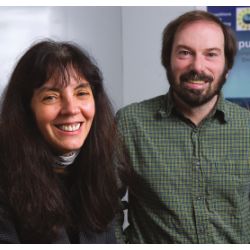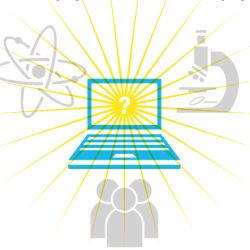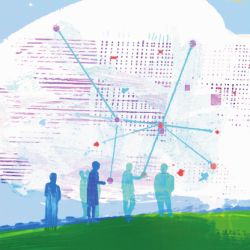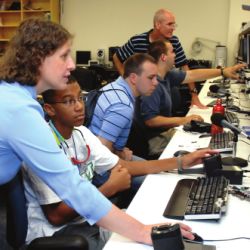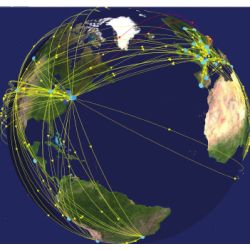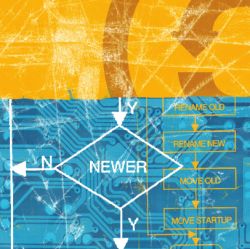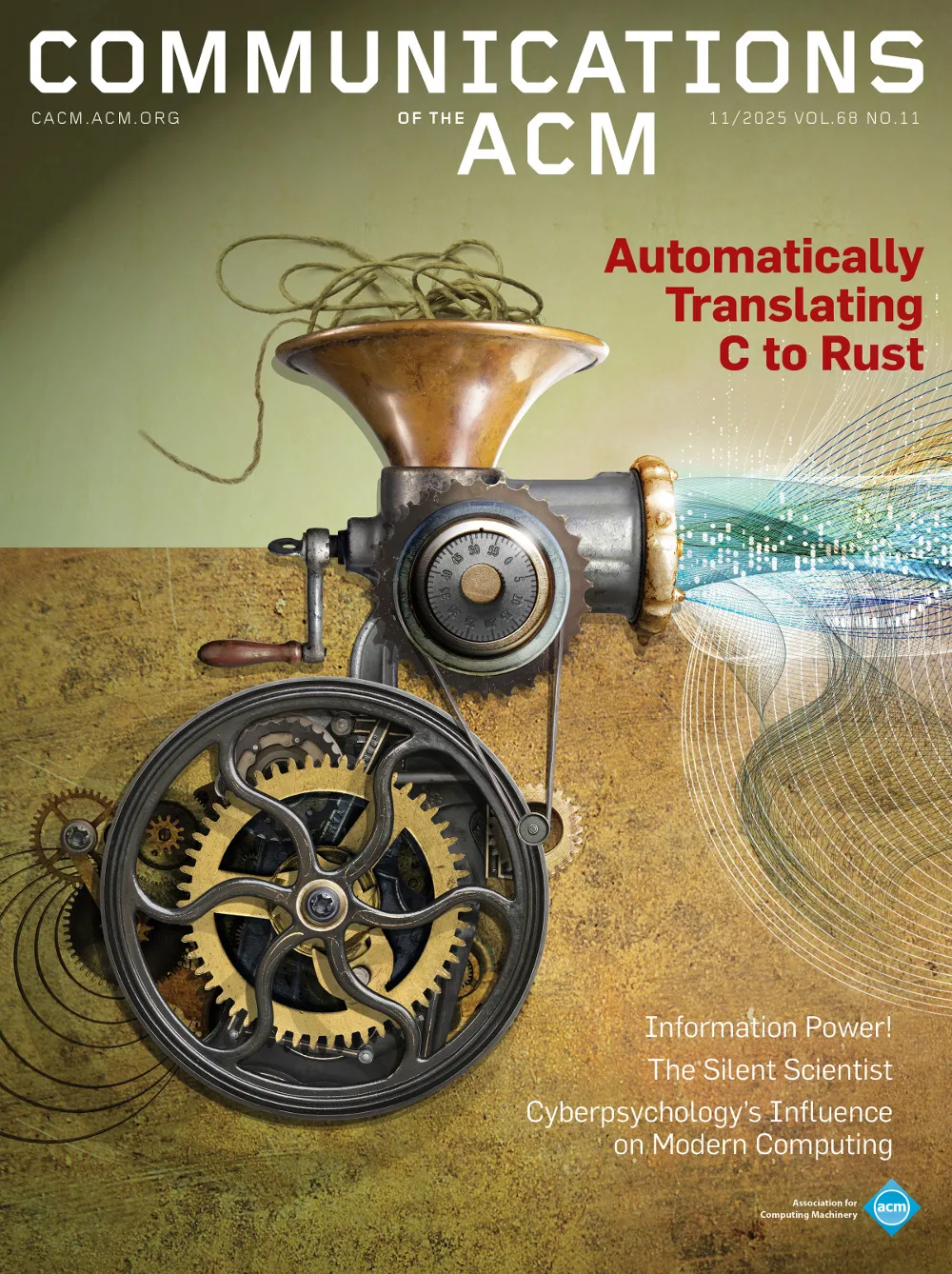Research and Advances Virtual extension
Sep 1 2009
Falling Into the Net: Main Street America Playing Games and Making Friends Online
In 1999, the National Telecommunications and Information Administration report Falling through the Net noted that "NTIA has found that there is still a significant "digital divide" separating American information "haves" and "have nots." Indeed, in many instances, the digital divide has widened in the last year." From the Internet's earliest days, there has been concern about its possible pernicious social effects. Even as millions began Internet surfing, critics averred the Internet was also harming users by destroying social interaction and eroding community involvement. Yet we may ask, what have been the experiences of the bulk of Internet users? Have they experienced loss of friends and involvement in the world due to Internet use, as claimed? Has their social world become hollow? These questions need to be addressed with the best data available. We are trying to answer these questions as part of the Syntopia Project, which has tracked growth and influence in ordinary life of the Internet since the mid-1990s. The Project's basic conclusion in 2002 was that the online and off-line world are becoming blended, and that concerns about lack of community are overblown. This view has been further reinforced by results from our most recent survey.
In February and March, 2007, we conducted a nationally representative survey of 1404 Americans 18 years of age and older. This survey explored several dimensions of the way people are using the Internet, including how much they are involved in games and online simulations, their feelings of community, and the extent to which they are making online friendships, including friendships that migrate from the virtual world to the physical world. We found that 67% of respondents (N = 943) were Internet users (compared to the 71% reported by the Pew Internet in American Life Project, and the 70% reported by Internet World Stats, (both of which included people below the age of 18). Surprisingly, in light of all the concern about a gender gap in terms of Internet usage, there were almost identical levels of usage by men and women (a trend that we discerned as early as our 2000 survey).
Many respondents use the Internet intensively. About one out of three respondents say they spend three or more hours on the Internet in a typical day, while two thirds of users spend one or two hours a day (47% estimate one hour a day, and 20% estimate two hours per day). 28% estimate they use it between three to nine hours per day, and 5% are online more than nine hours a day. There were no significant differences between males and females across these levels of Internet usage.
Given its image as something that only teens do (and that we only surveyed those 18 or older), our results showed that multiplayer gaming is thriving with 9.7% of Internet users playing them. We asked "Do you play online games that involve other players? Like Second Life, World of Warcraft or the SIMS"? Males (5.4%) play them in slightly greater proportion than females (4.3%).
At the Internet's outset, there was much concern about the isolating and potentially depressing effects of the Internet. While our 2007 survey did not definitively address these questions, it did find that one-fifth of Internet users consider themselves to be "a member of an online community." There was practically no difference between males and females in the answers to this question. Moreover, there was very little difference between the genders in terms of how many friends they made online -- a median of about five.
In fact, far from isolating people from social interaction, the Internet is a source of new face-to-face friendships, perhaps restoring some of the sociability that has been eroded due to television and suburbia (as argued persuasively by Putnam in Bowling Alone [2001]). As Table 1 shows, the Internet has spawned many new virtual friendships.
